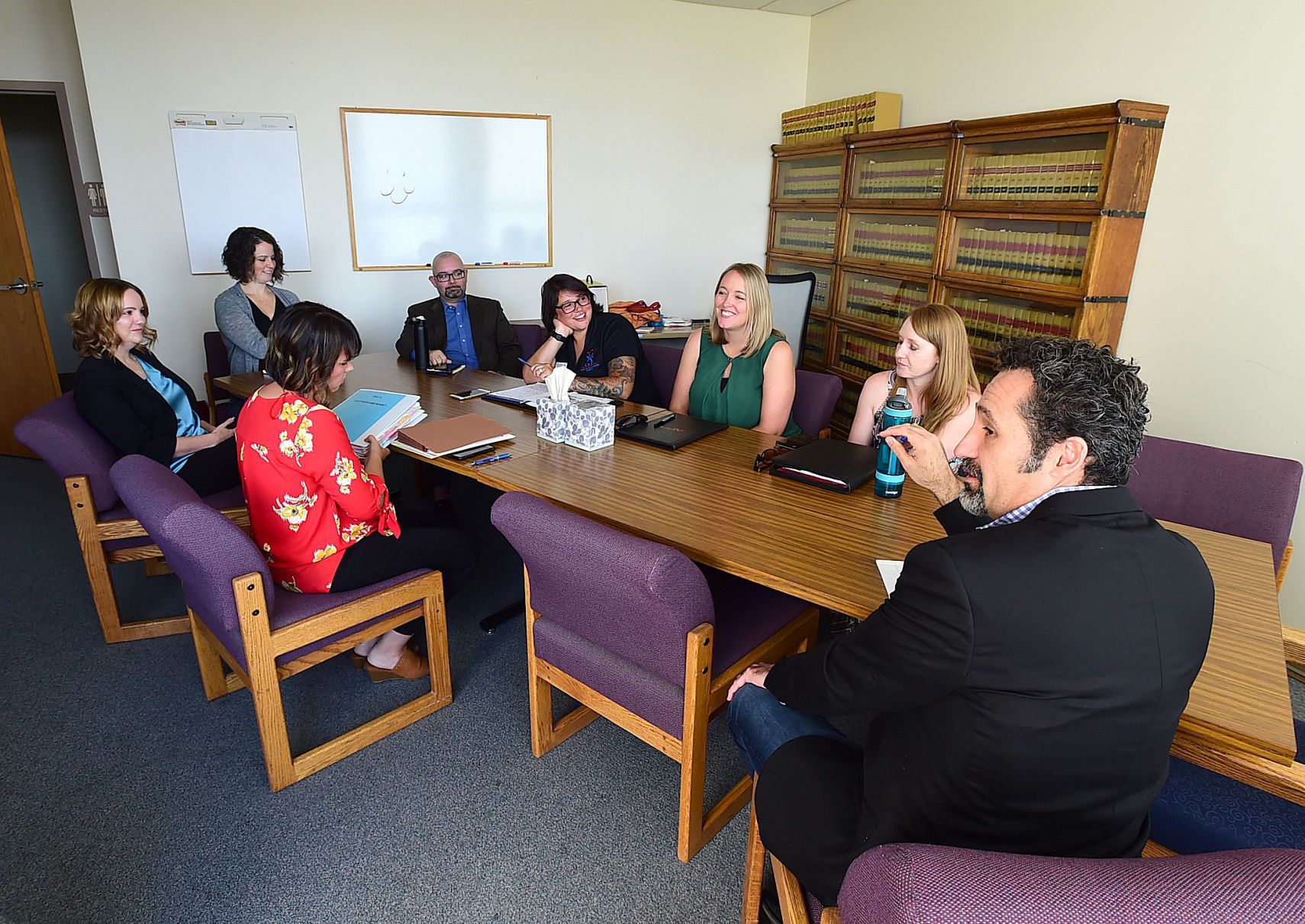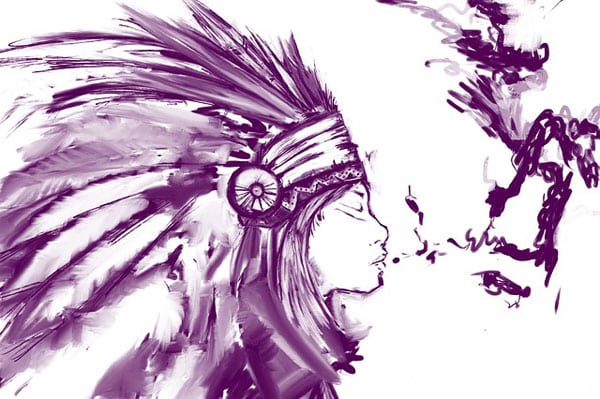
1 year into Native foster care court, most kids taken from unsafe homes are placed in tribe-approved homes | Local | billingsgazette.com
a blog for and by American Indian and First Nations adoptees who are called a STOLEN GENERATION #WhoTellsTheStoryMatters #WhyICWAMatters
How many tribes are now petitioning the federal government for “recognition” to be deemed sovereign? Over 200 tribes, such as five tribes in Virginia who are not “federally recognized.”“How did you know you’re Indian?” My dad’s youngest sister Janie asked me once on the phone. My aunt told me many stories about Granny Morris-Conner smoking a pipe, using tobacco as medicine and how she always knew she was Indian.
For me and for other adoptees, you’re on the Red Road with no map. You can only follow the voice in your head.Five years prior, in 1991, I was in Mexico and woke one night and started writing Red Man: Through the Eyes of Many. First it was a poem then developed into a series of children’s stories. I had no evil intention. I was sitting on a cold tile floor in a bathroom at 2 a.m.: this writing came like a vision and the stories just flowed out. Later, with miraculous synchronicity, back in Oregon, I met Merle Locke, a famous Oglala Lakota ledger artist, who told me to go meet his sister Ellowyn. I drove out to Pine Ridge, South Dakota, she read my stories, liked them lots, and taught me history at her kitchen table, history you’d never find in a book.

As reported by Indian Country Today, First Nations Development Institute and Echo Hawk Consulting released a report that shares research conducted with support from the Kellogg Foundation, the Robert Wood Johnson Foundation, and others. “Reclaiming Native Truth: A Project to Dispel America’s Myths and Misconceptions” looks at how Native Americans are perceived and some ways to change and improve the accuracy of those perceptions.In its coverage of the report, Indian Country Today highlights four takeaways:
 In 1961, Manhattan’s Child Development Center (which later merged into the Jewish Board) began a controversial experiment, which involved separating adopted twins and triplets into families of differing financial means and studying how their personalities were shaped by their environments. Researchers would come to the children's homes annually and run tests with them, claiming it was standard procedure. [This sounds like something the Nazis would do...]
In 1961, Manhattan’s Child Development Center (which later merged into the Jewish Board) began a controversial experiment, which involved separating adopted twins and triplets into families of differing financial means and studying how their personalities were shaped by their environments. Researchers would come to the children's homes annually and run tests with them, claiming it was standard procedure. [This sounds like something the Nazis would do...]

Your History Class Was a F*cking Lie by Sean Sherman (Or: How the American Educational System Has Always Been a Racist Propaganda Program...






We conclude this series & continue the conversation by naming that adoption is genocide. This naming refers to the process of genocide that breaks kinship ties through adoption & other forms of family separation & policing 🧵#NAAM2022 #AdoptionIsTraumaAND #AdopteeTwitter #FFY 1/6 pic.twitter.com/46v0mWISZ1
— Adoptee Futures CIC (@AdopteeFutures) November 29, 2022
